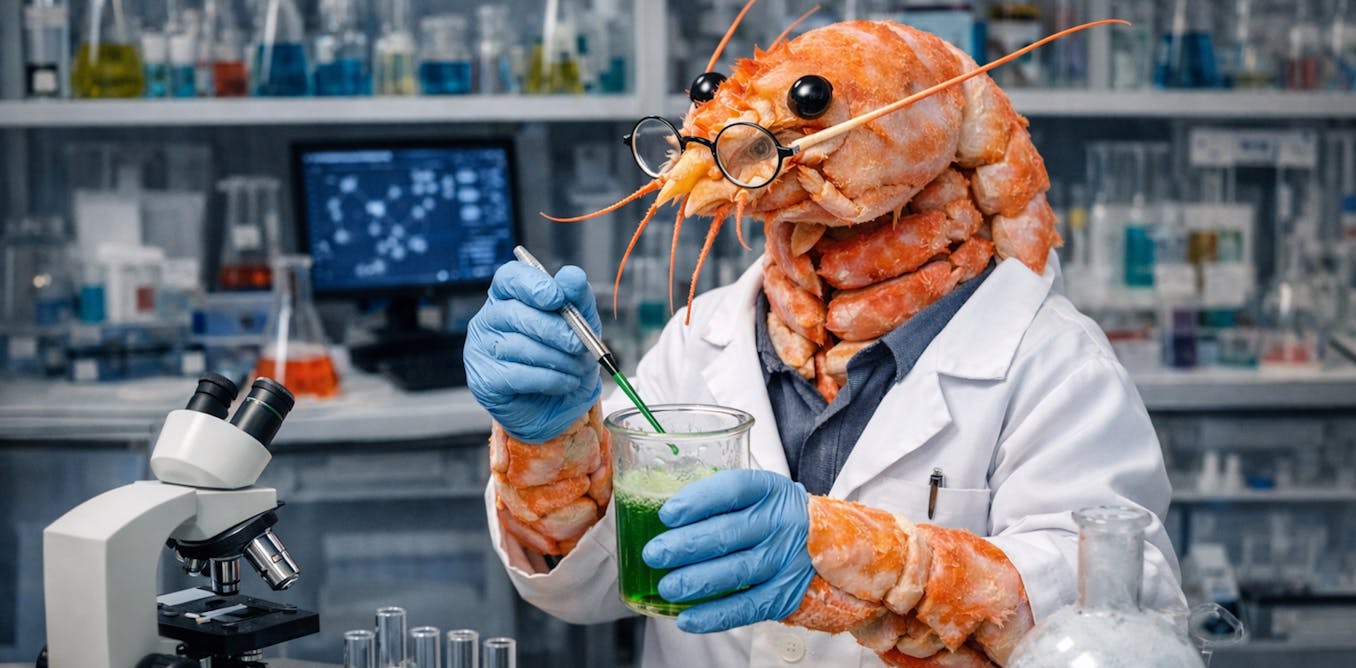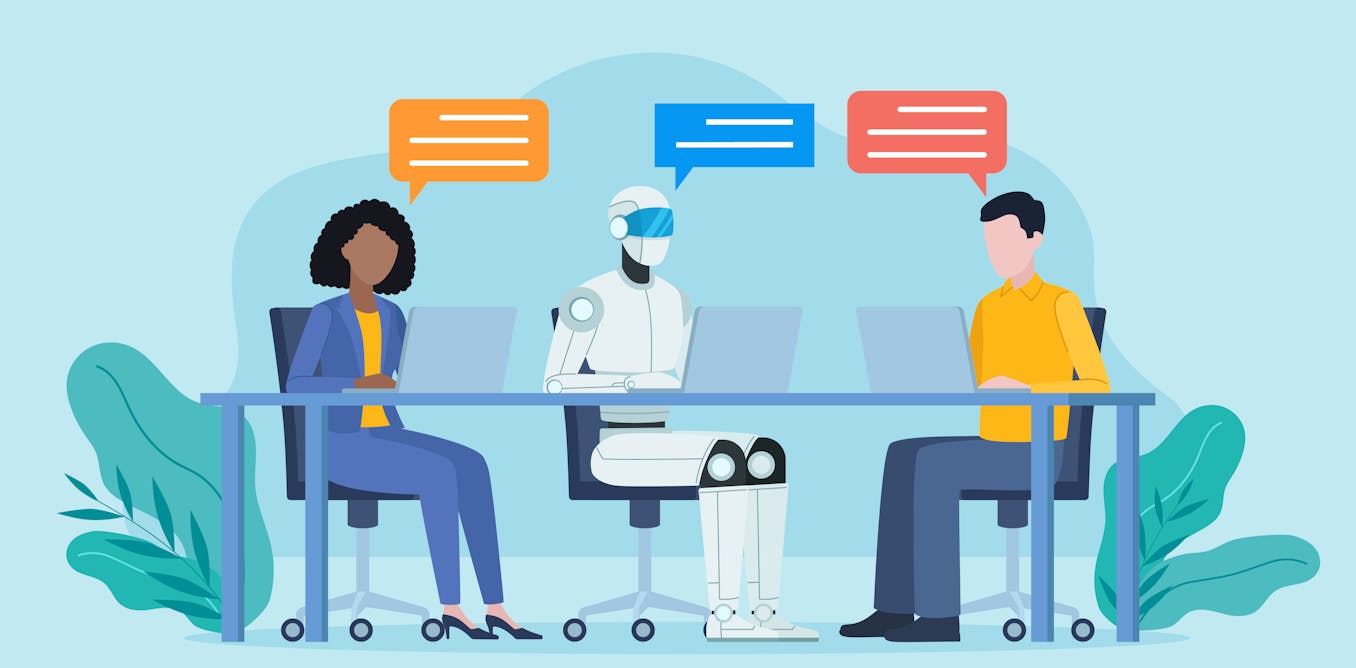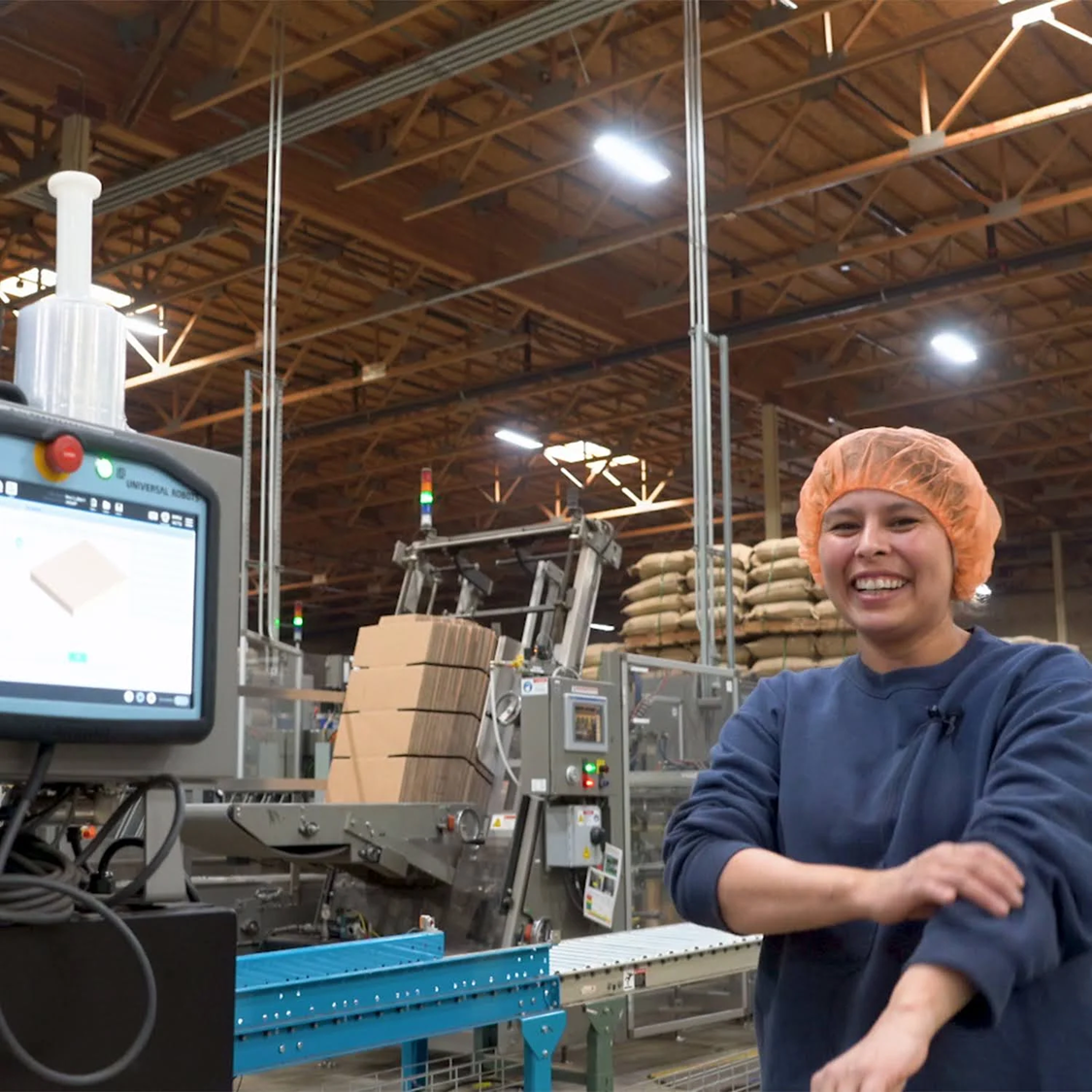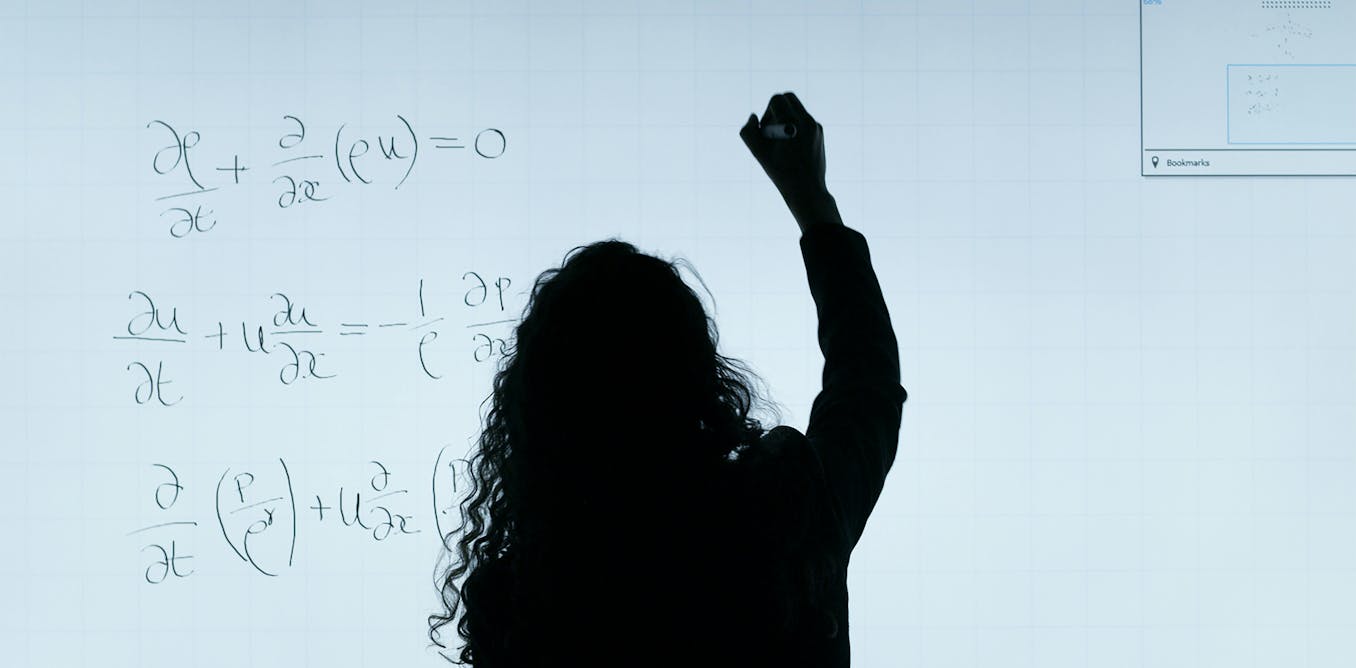Video Friday is your weekly selection of awesome robotics videos, collected by your friends at IEEE Spectrum robotics. We also post a weekly calendar of upcoming robotics events for the next few months. Please send us your events for inclusion.
World Robot Summit: 10–12 October 2025, OSAKA, JAPAN
IROS 2025: 19–25 October 2025, HANGZHOU, CHINA
Enjoy today’s videos!
We demonstrate a new landing system that lets drones safely land on moving vehicles at speeds up to 110 km/h. By combining lightweight shock absorbers with reverse thrust, our approach drastically expands the landing envelope, making it far more robust to wind, timing, and vehicle motion. This breakthrough opens the door to reliable high-speed drone landings in real-world conditions.
Thanks, Alexis!
This video presents an academic parody inspired by KAIST’s humanoid robot moonwalk. While KAIST demonstrated the iconic move with robot legs, we humorously reproduced it using the Tesollo DG-5F robot hand. A playful experiment to show that not only humanoid robots but also robotic fingers can “dance.”
20 years ago, Universal Robots built the first collaborative robot. You turned it into something bigger. Our cobot was never just technology. In your hands, it became something more: a teammate, a problem-solver, a spark for change. From factories to labs, from classrooms to warehouses. That’s the story of the past 20 years. That’s what we celebrate today.
[ Universal Robots ]
The assistive robot Maya, newly developed at DLR, is designed to enable people with severe physical disabilities to lead more independent lives. The new robotic arm is built for seamless wheelchair integration, with optimized kinematics for stowing, ground-level access, and compatibility with standing functions.
[ DLR ]
Contoro and HARCO Lab have launched an open-source initiative, ROS-MCP-Server, which connects AI models (e.g., Claude, GPT, Gemini) with robots using ROS and MCP. This software enables AI to communicate with multiple ROS nodes in the language of robots. We believe it will allow robots to perform tasks previously impossible due to limited intelligence, help robotics engineers program robots more efficiently, and enable non-experts to interact with robots without deep robotics knowledge.
[ GitHub ]
Thanks, Mok!
Here’s a quick look at the Conference on Robotic Learning (CoRL) exhibit hall, thanks to PNDbotics.
[ PNDbotics ]
Old and busted: sim to real. New hotness: real to sim!
[ Paper ]
Any humanoid video with tennis balls should be obligated to show said humanoid failing to walk over them.
[ LimX ]
Thanks, Jinyan!
The correct answer to the question, ‘can you beat a robot arm at Tic-Tac-Toe’ should be no, no you cannot. And you can’t beat a human, either, if they know what they’re doing.
[ AgileX ]
It was an honor to host the team from Microsoft AI as part of their larger educational collaboration with The University of Texas at Austin. During their time here, they shared this wonderful video of our lab facilities.
Moody lighting is second only to random primary colored lighting when it comes to making a lab look sciency.
[ The University of Texas at Austin HCRL ]
Robots aren’t just sci-fi anymore. They’re evolving fast. AI is teaching them how to adapt, learn and even respond to open-ended questions with advanced intelligence. Aaron Saunders, CTO of Boston Dynamics, explains how this leap is transforming everything, from simple controls to full-motion capabilities. While there are some challenges related to safety and reliability, AI is significantly helping robots become valuable partners at home and on the job.
[ IBM ]

The post “Video Friday: Drone Easily Lands on Speeding Vehicle” by Evan Ackerman was published on 10/03/2025 by spectrum.ieee.org






















